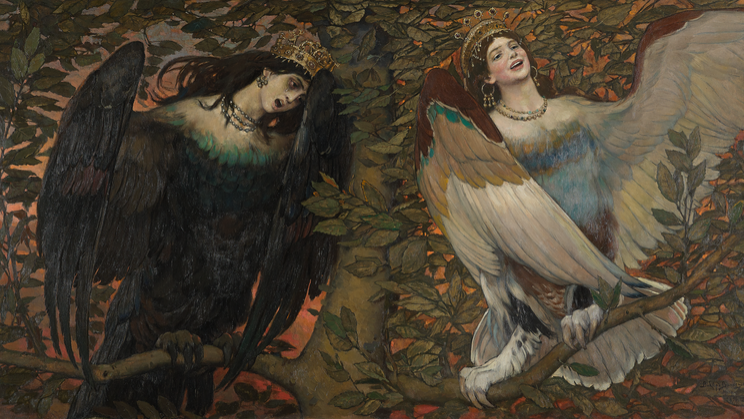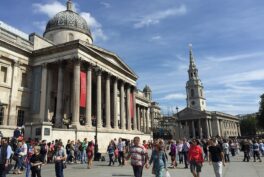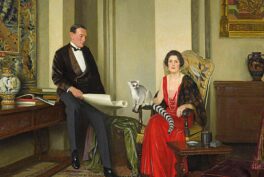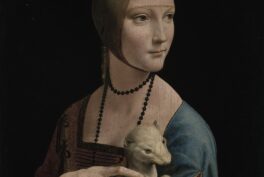The spirituality of the ancient iconographic models and the symbology of Russian art reach the city of Palladio, a UNESCO World Heritage Site, Vicenza, to demonstrate that even today these are a universal resource for creating new artistic languages. The exhibition Kandinsky, Goncharova, Chagall. Sacred and Beauty in Russian Art opened last month in Italy.
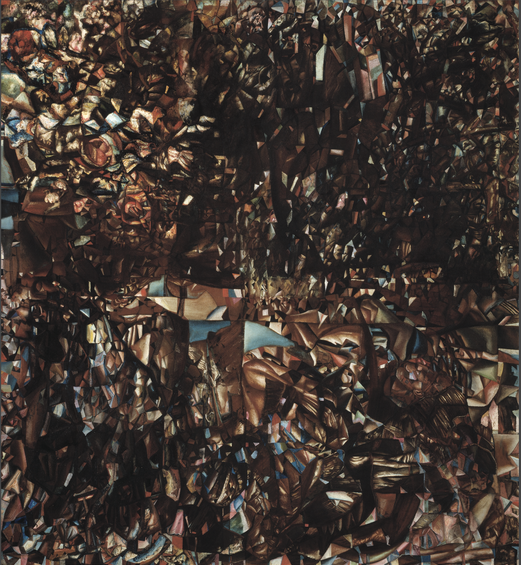
Rigid, unnatural figures, delimited by precise compositional grids revive, as they did twenty years ago, the sumptuous baroque palace Leoni Montanari, located in the historic center of the jewel of Veneto.
Sacred and Beauty in Russian Art
The exhibition explores the sacred in Russian art of the end of the 1800s and focuses on the main figures such as Kandinsky, Chagall, Goncharova, Malevich, Petrov-Vodkin and Filonov. These artists have revealed more than other representatives of the avant-garde, the deep affinity between the philosophical-theological conceptions of the icons and the spiritual and aesthetic search of this movement.
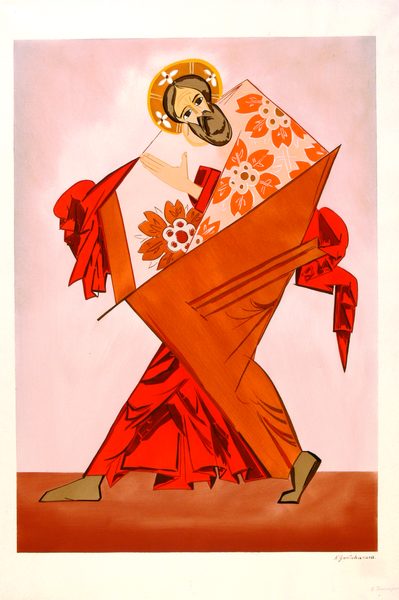
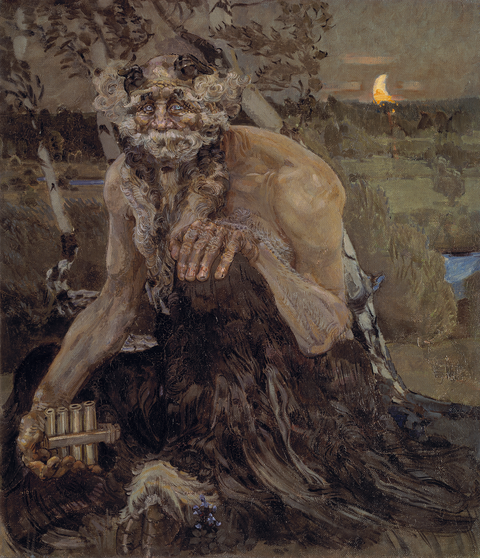
We discovered that although the importance that the artistic world gives the tradition of icons flourishes during the second decade of the 20th century, artists of the late 1800s had already shown an interest in sacred art. Influential protagonists of art nouveau used sacred Christian and pagans objects, but without connecting them directly to the older tradition. The relationship born in the avant-garde is far closer, even if the themes are not explicitly religious, the presence of the iconic matrix is much more pronounced.
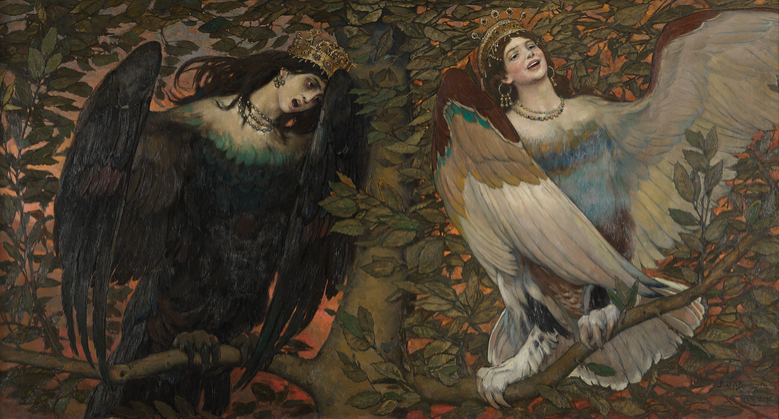
The interesting thing about this exhibition is that through loans from the important museums like MMOMA Moscow Museum of Modern Art, the Tretyakov Gallery, the museum of Yaroslav, Astrakhan, the Museum Bakhrushin of Moscow, the Nationa Museum of Marc Chagall in Nice and the Museum of Modern Art-Costakis collection, we can compare and understand the evolution of Russian art, the changes in the thinking of the Russian people, and that the perception of nature in visual-pictorial terms is not a simple aesthetic experience. It is a sort of “inner necessity” from the need to experience the invisible in everyday life. The icon is taken as the foundation and guarantee of this approach, and as an effective expression of the invisible in pictorial art.
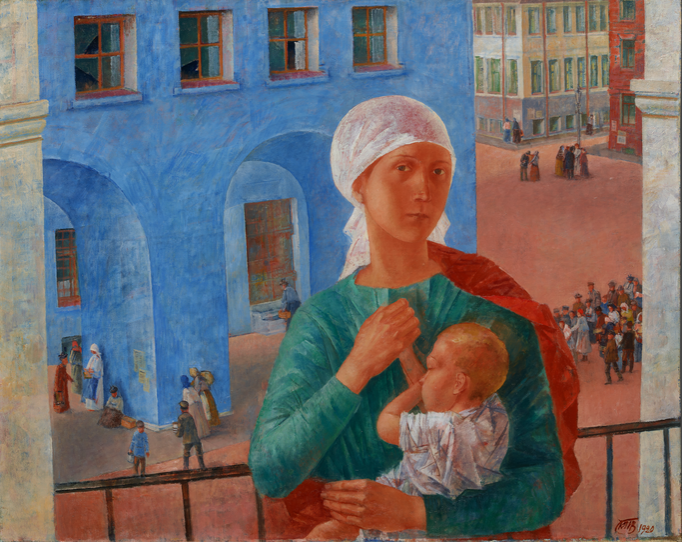
Kandinsky is the first to leave behind figurativism to enter the world of abstraction. Natalia Goncharova uses biblical images to tell us about the approach of the Judgment hour. Unlike Kandinsky, he reveals profound humanity with an essential figurativism, without obscuring it in abstraction. It captures the evils of the world in industrialization, urbanization, as factors that seek to reduce the wealth of Russian culture and its people. Also Malevich opens up to a non-figurative painting and explores the spaces of «nothing», while in Chagall we can discover a further dimension of the influence of the Sacred in Russian painting of the first decades of the twentieth century, a daily mysticism that can give life to a visual universe of extraordinary suggestion.
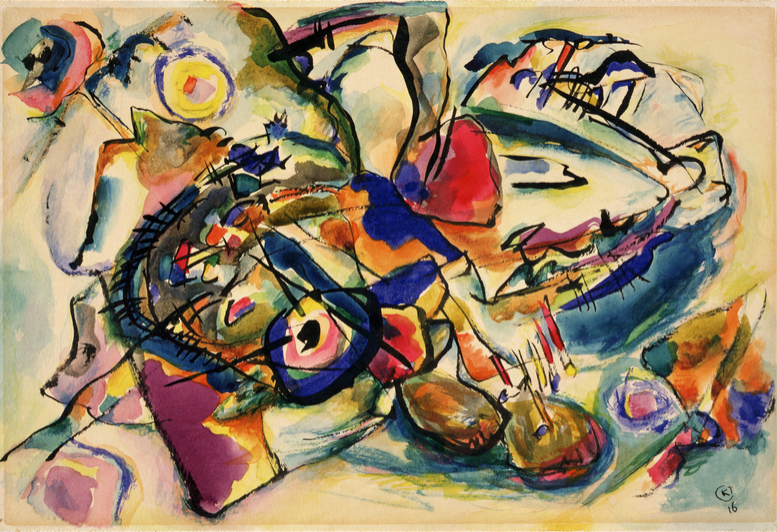
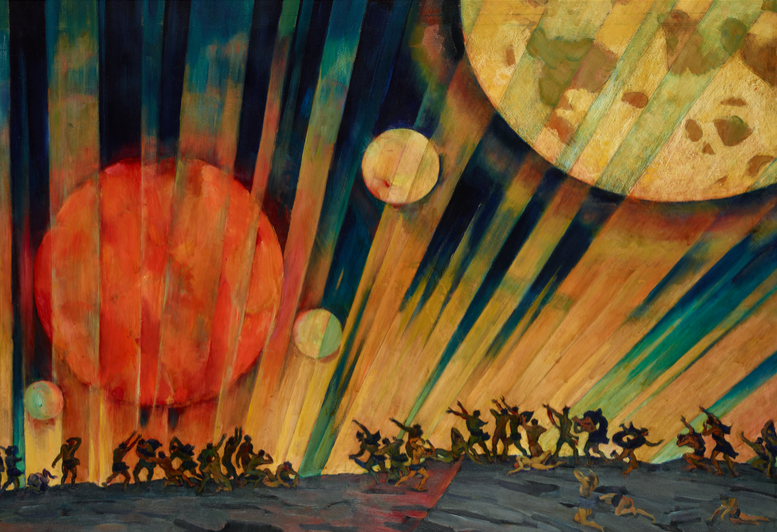
Visit the exhibition at Gallerie d’Italia, Palazzo Leoni Montanari in Vicenza until January 26.
